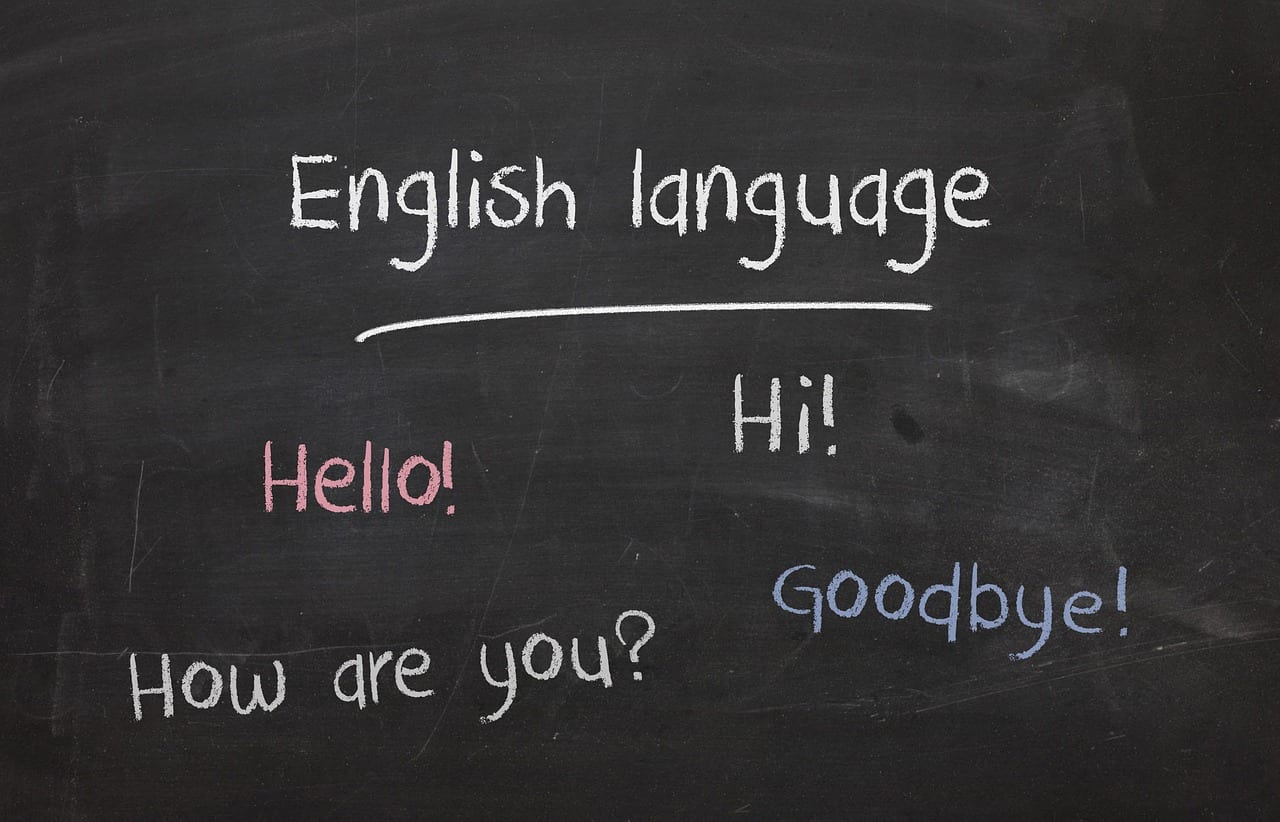
BiljaST / Pixabay
Five years ago I began this regular feature where I share a few posts and resources from around the Web related to ESL/EFL or to language in general that have caught my attention.
You might also be interested in The Best Resources, Articles & Blog Posts For Teachers Of ELLs In 2018 – So Far and The Best Resources, Articles & Blog Posts For Teachers Of ELLs In 2017 – Part Two. Also, check out A Collection Of My Best Resources On Teaching English Language Learners.
In addition, look for our new book on teaching ELLs, which was published in the Spring of 2018.
Here are this week’s choices:
What If My Middle Level EL Student Can’t Read? is by Valentina Gonzalez at Middleweb.
Seven reasons for teachers to welcome home languages in education is from The British Council. I’m adding it to The Best Resources Explaining Why We Need To Support The Home Language Of ELLs.
A new look for Google Translate on the web is from Google.
Using graphic organizers as scaffolds while listening is from Cambridge University Press. I’m adding it to The Best Listening Sites For English Language Learners.
Why Singapore is so good at English is from Quartz.
Here are two new (to me) online tools for learning English:
WeSpeke provides “Free English lessons based on authentic CNN news articles, powered by WeSpeke.”
Wordeys is a language-learning online flashcard site.
We are proud to announce that @MicrosoftEDU's Immersive Reader is now built into Flipgrid!
Immersive Reader can…
📙 Read text aloud
📘 Change text size + font
📗 Provide line focus
📕 Highlight parts of speech…and more!
📖 https://t.co/akJmbLPAV0#FlipgridFever pic.twitter.com/zBjI0leMIH
— Flipgrid (@Flipgrid) December 1, 2018
The holidays look different for different families. We celebrate in a variety of ways. Amplify student voice this winter by encouraging them to share and bring in pictures. What are their traditions? #crt #culture #ellchat #katyool #teachertips #KidsDeserveIt #inclusiveteaching pic.twitter.com/Qca5WGzCYB
— 🌍 ναℓєηтιηα gσηzαℓєz (@ValentinaESL) November 25, 2018
It's a strategy I presented at #textesol18.
Here is my initial blog post about the strategy: https://t.co/tpdB8VAmgZ
This is my most recent presentation: https://t.co/7kzzNhsSnQ
Don't hesitate to ask if you have questions. #rovingparagraphframes @MsSalvac @AnnaTeachesELLs
— Kirsten Foti, M.Ed.T (@MsKirstenFoti) November 20, 2018
Here, Emily Francis shares three tweets about how she uses debates in her classroom (also, if you have our ELL Teacher’s Toolbox, you’ll see a chapter on the topic there):
What does a formal debate look like?
You can discussed these "Do" and "Don't" as norms with students when starting debates#pd4uandme pic.twitter.com/3BxNo55luA— Emily Fɾαɳƈιʂ 💫 (@emilyfranESL) December 1, 2018
Here's a great article with ideas to get you started using debates as an instructional tool! #pd4uandme
"Debate Activities in the Classroom" https://t.co/v3LRouofWX— Emily Fɾαɳƈιʂ 💫 (@emilyfranESL) December 1, 2018
I use debates with my ELs to help them develop their speaking skills #pd4uandme pic.twitter.com/SJdJ24GqVU
— Emily Fɾαɳƈιʂ 💫 (@emilyfranESL) December 1, 2018



Recent Comments